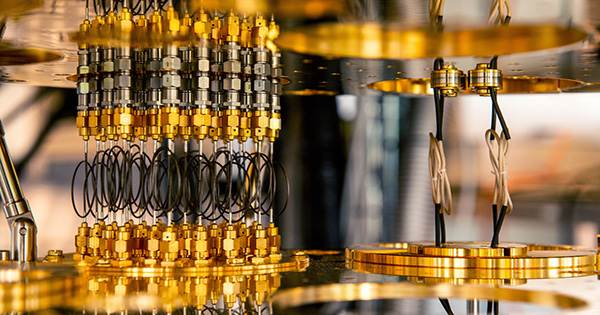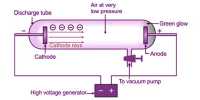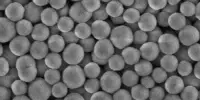For more than twenty years, scientists have been speculating about the potential of quantum computers – which, theoretically, could answer many of the questions that make computers, seem like computer time.
Now, the second hurdle is that one of the first obstacles a physics student has experienced in dealing with real-world problems has reduced. Its solution has spread among others by Amazon Web Services (AWS). Quantum computing divided the number of errors that occur in the calculation process. These errors can minimize, but they do not require strategies to detect and correct them, but they can never remove. Pablo Bonilla Ataides of the University of Sydney said in a statement, “In my second year of physics I was asked to correct some advanced error code to see if we could improve it. By reversing the quantum switches or quits in our design in half, we have seen that we can effectively double down on suppressing errors.”

A paper built on that solution has now published in Nature Communications. Dr. Ben Brown is the senior author of that paper. He told IFLScience.com; “Quits are impossible to perfect – they need to be run at absolute zero temperatures to do this and lab equipment always has errors” “As a result, errors are much more common than conventional semiconductor computers. Instead, scientists are looking for ways to make the quotes work collectively so that they act as checkers for each other and reveal where the error occurred.
“We’ve been working on this issue in Sydney for some time.” Brown Dr. Bonilla applied to join a program where second-year students participated in projects. Impressed test results, the head of the program let him. “We sent Pablo to try something and he came back with some code and simulations that showed great results,” Brown added. In Brown’s words, Bonilla, “Really wanted see it in the end.” It has gone much further than expected. In addition to publish in a prestigious journal, the work has taken up by large research laboratories. Both AWS and Yale University have already seen to work specifically for the theoretical process proposed by Bonilla.
Brown told IFLScience that both organizations are looking at implementing the idea in practice. Nevertheless, Brown warned that quantum computing has a long way to go before it can achieve broad applications. “People are excited about an experiment in 2019,” he told IFLScience, “but it’s still just a quantum abacus.” Removing the similarities, Brown compares quantum computers to Wright Brothers aircraft. “Experimental experts are building strong, lightweight materials to build the aircraft, and we’ve come up with a more aeronautical design to further lift the wings.”
















